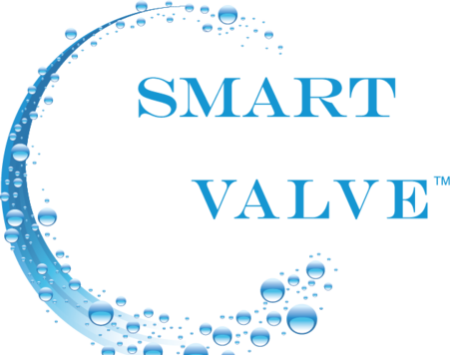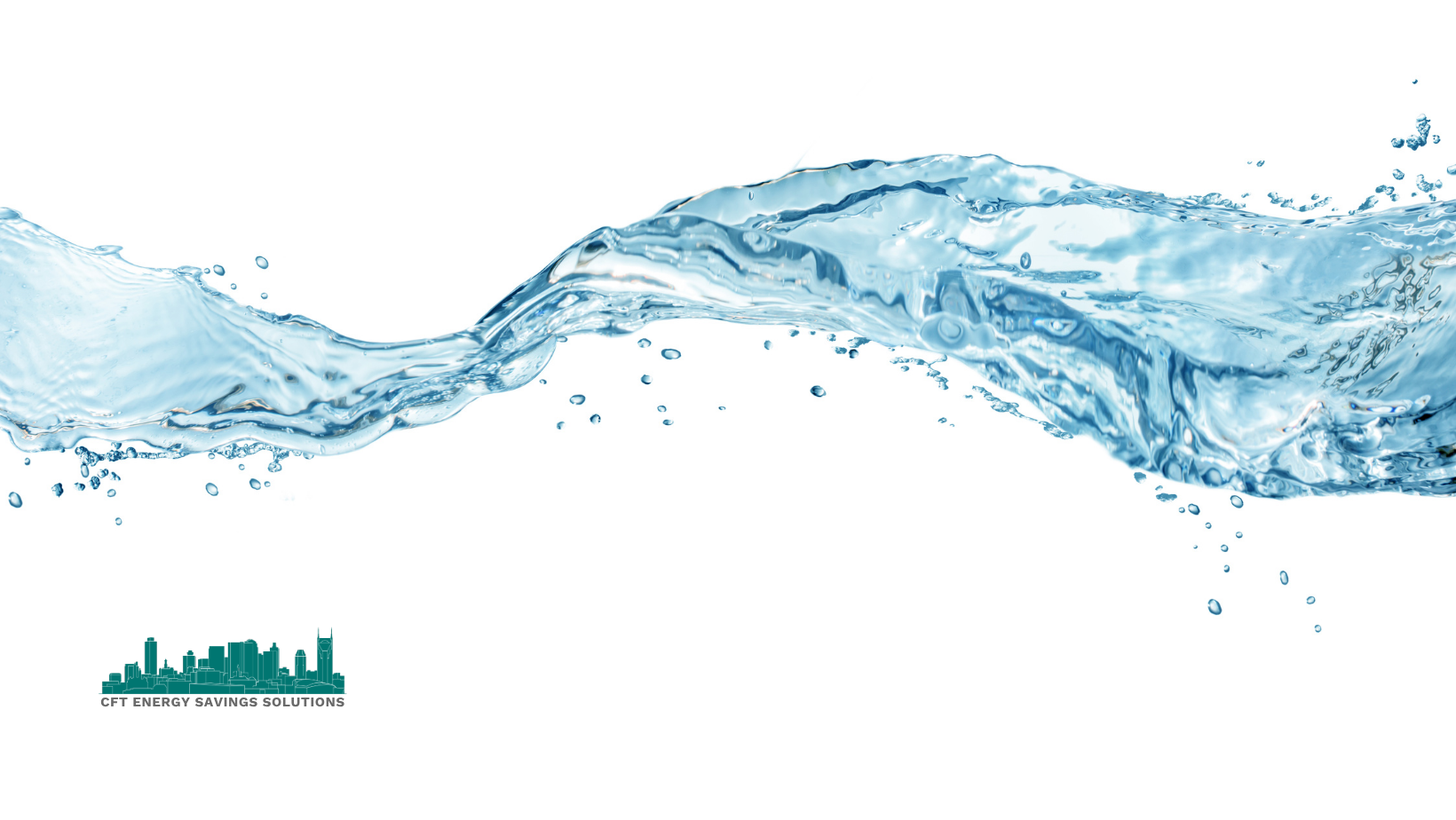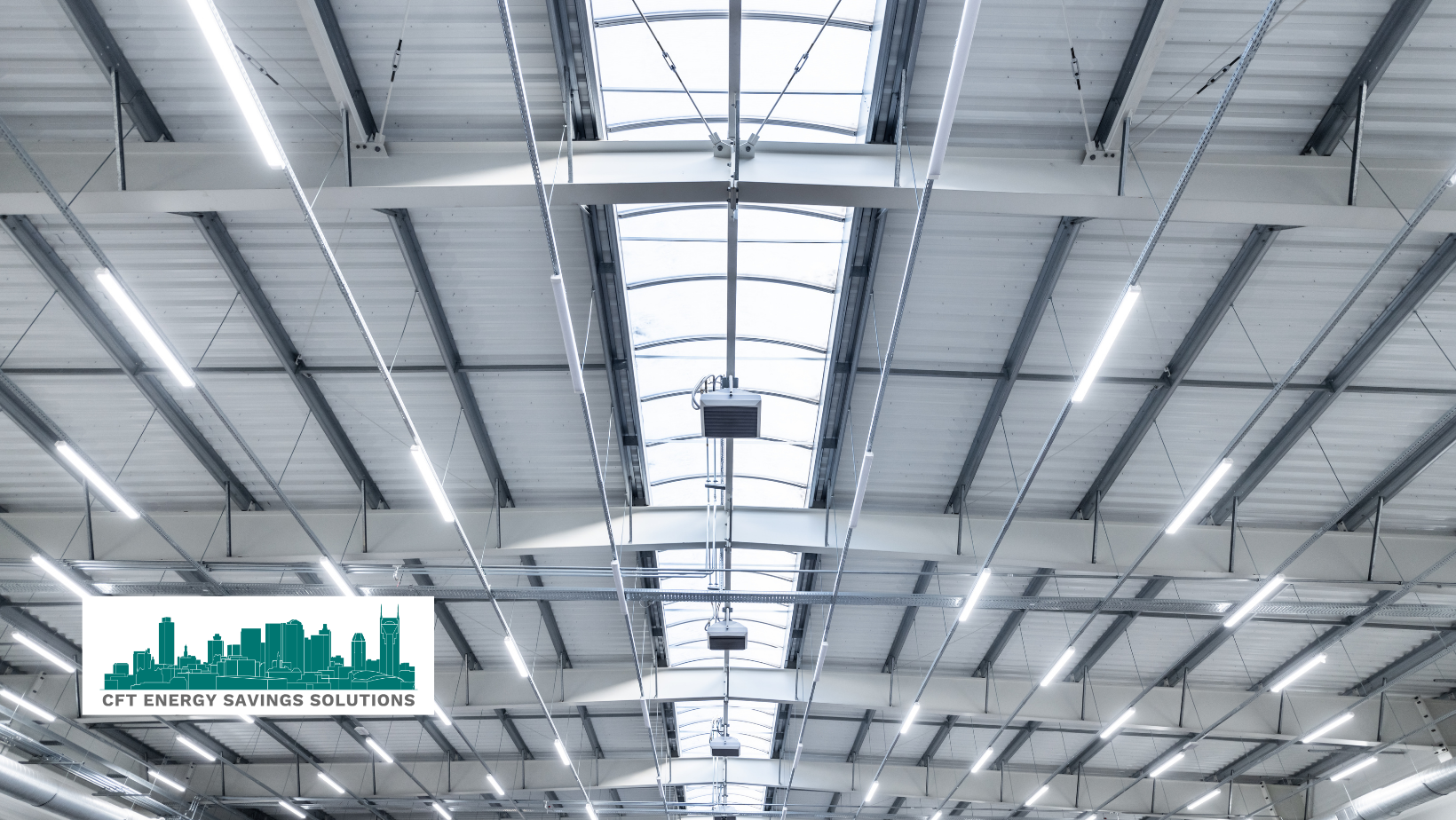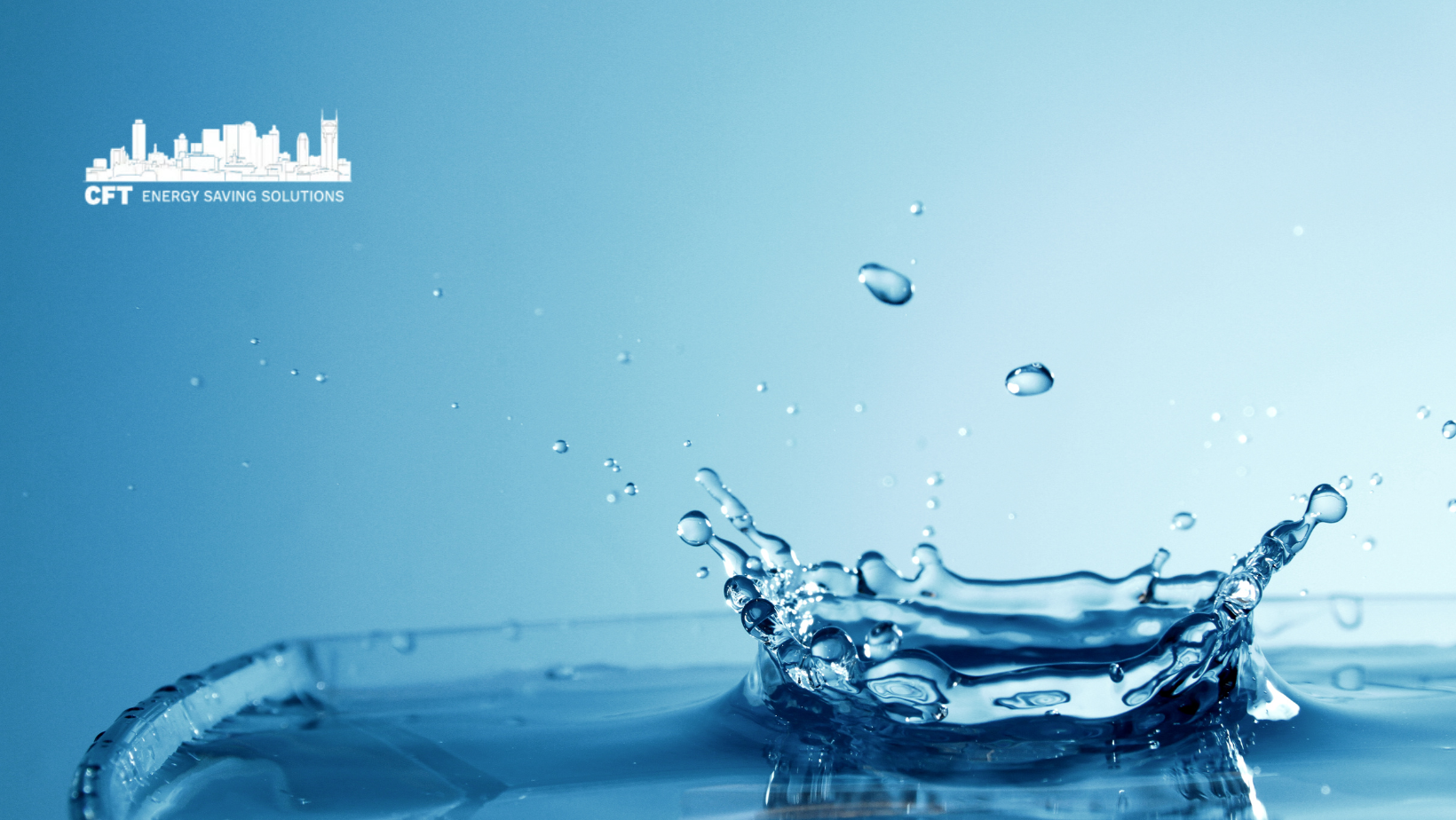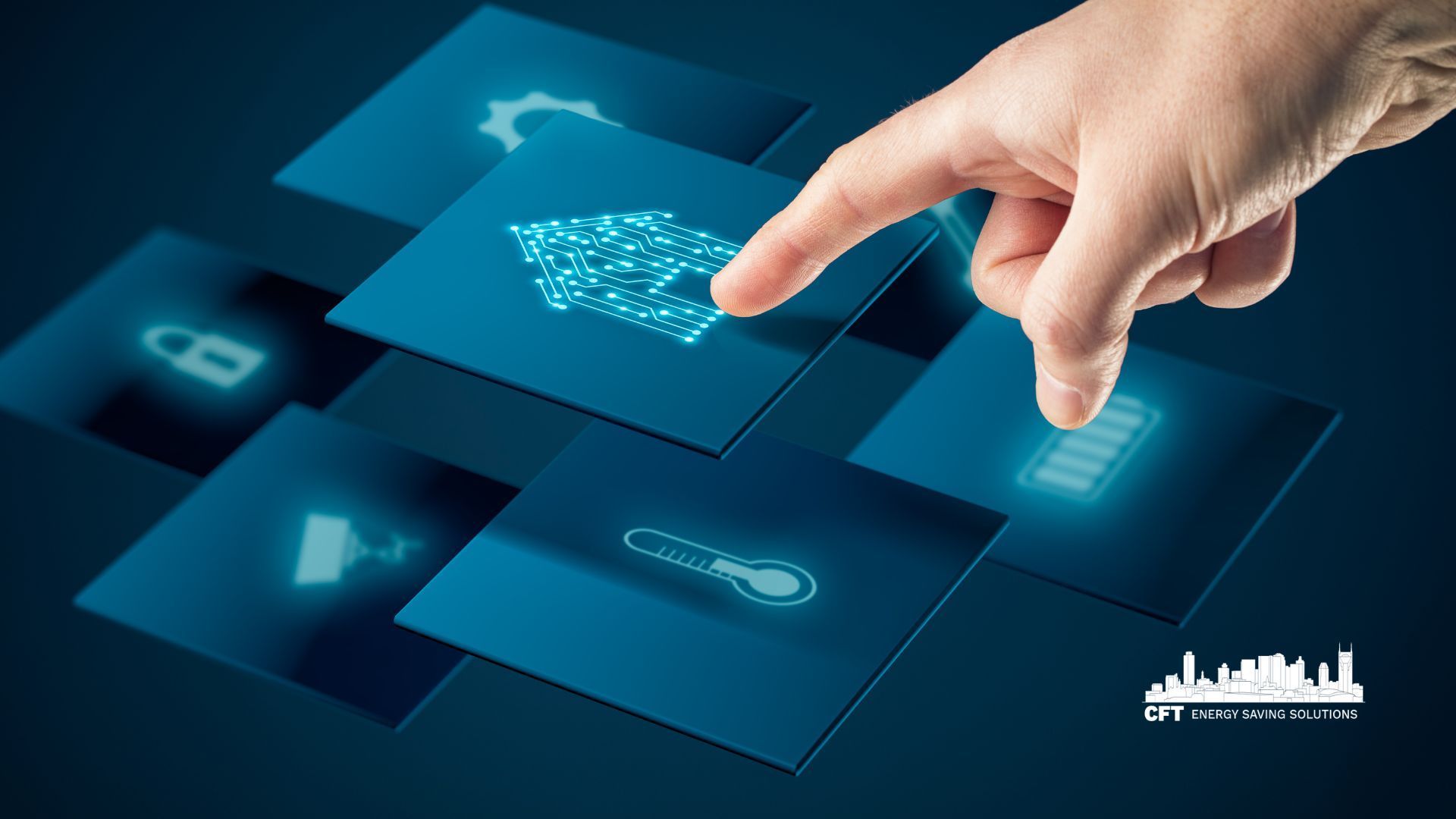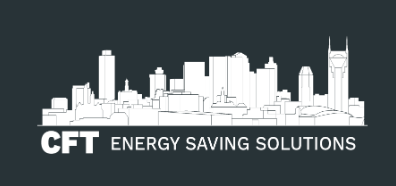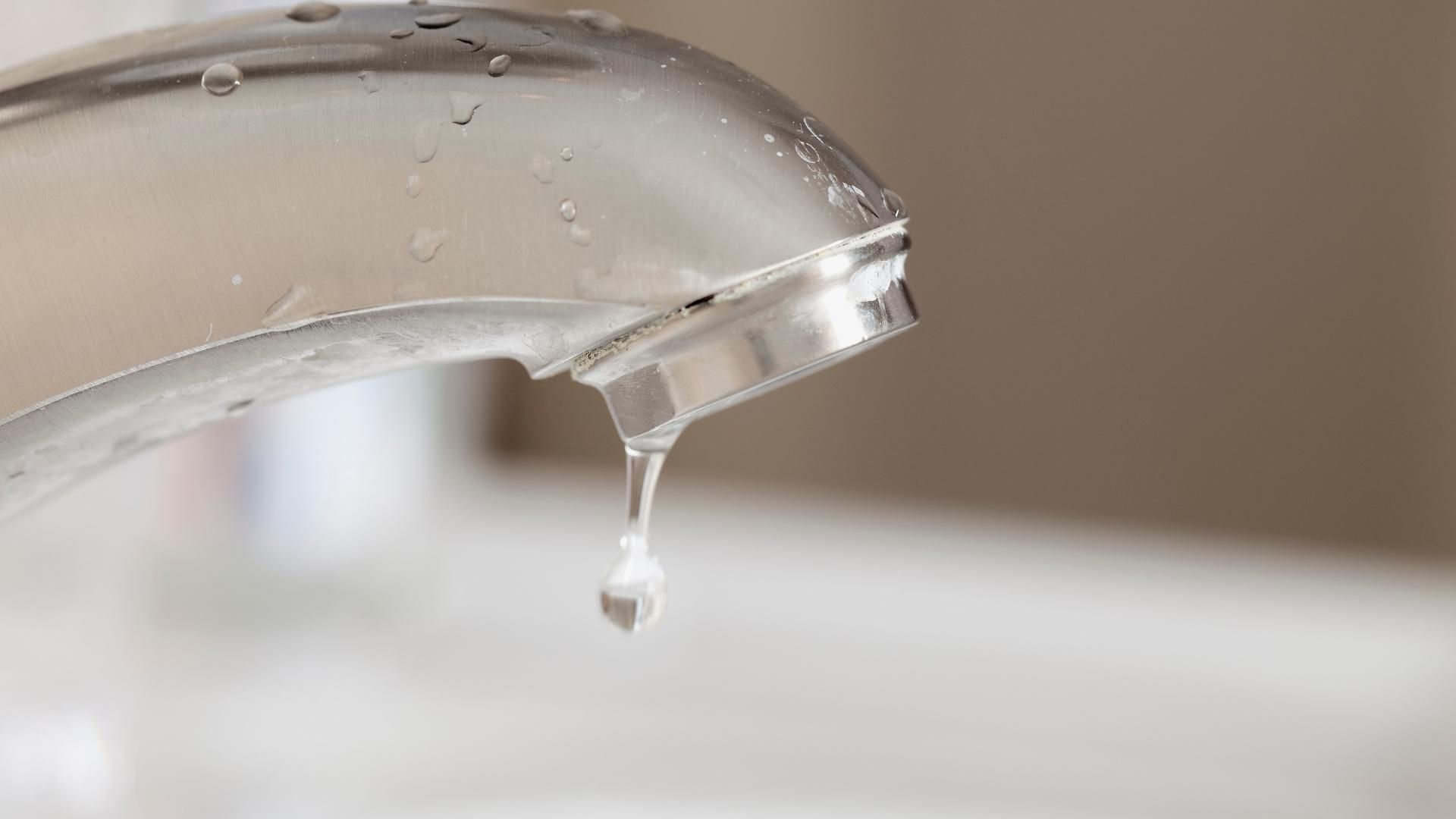
It's no secret that commercial buildings often consume more resources than necessary, and one of the most overlooked areas is water usage. A significant portion of water consumption in office buildings and business facilities isn't for operational purposes—it's lost to leaks and inefficiencies. At CFT Energy Savings Solutions, we understand that addressing these losses isn't just about promoting sustainability; it's also about uncovering potential financial savings that can substantially affect your bottom line.
Understanding Water Waste in Commercial Properties
Did you know that more than a quarter of water used in most commercial buildings is wasted? Here’s how water is typically used in business environments:
- Amenities like toilets, kitchenettes, and showers account for about 31%.
- Cooling towers, which are essential in many industries, use roughly 24%.
- Water lost to leaks from taps, urinals, piping, and valves make up 26%.
- Irrigation systems for landscaping use about 12%.
- Miscellaneous uses such as cleaning and car washes comprise the remaining 7%.
The Role of Strategic Water Management Plans
Many businesses aren’t aware of just how much water they're wasting. That’s where a strategic water management plan comes into play. Such a plan is crucial for identifying when and how water is used, and more importantly, wasted. By tracking water usage with key performance indicators (KPIs), businesses can gain valuable insights into their water consumption patterns across different times, locations, and facilities.
Effective KPIs for Water Management
To harness the power of data for water efficiency, you need to know:
- Which buildings and systems are high consumers of water?
- What times of day or days of the week see the highest water usage?
- Are seasonal changes impacting water consumption?
From there, businesses can implement comparative metrics, such as:
- Water consumption per building unit
- Water usage per employee
- Water used per square foot
These metrics can help set benchmarks and identify effective strategies for reducing water consumption.
Investing in Infrastructure to Reap Long-Term Savings
While the initial cost of upgrading infrastructure might seem daunting, the long-term savings can be substantial. For instance, addressing issues in cooling towers, replacing inefficient fixtures, and optimizing water-intensive processes like irrigation can lead to water savings of 25 to 30 percent. These savings not only benefit the environment but also enhance the financial health of your business.
Implementing Smart Water Management Tools
At CFT, we advocate for the use of intelligent water management tools that can simplify the monitoring and management of water use. These tools, enabled by the latest IoT technologies, provide real-time data that can be critical for making informed decisions about water use. By identifying inefficiencies and taking corrective action swiftly, businesses can prevent wastage and optimize their operations for better sustainability and cost-efficiency.
Every commercial facility has unique needs and opportunities for improving water efficiency. By undertaking a detailed analysis of your water use and implementing targeted measures, you can significantly reduce costs and support environmental sustainability. Don't let water leaks drain your budget—take action today with CFT Energy Savings Solutions and start turning hidden water losses into visible financial gains.
For more insights on how to optimize your business operations and enhance your environmental impact, stay tuned to the CFT Energy Savings Solutions blog.
Start Saving Today
Unlock
25% OFF bundled services for a limited time when you combine.
- SmartValve™
- PowerHouse™
- PacketPower Metering
- BuildingLogic™ Continuous Commissioning
CFT’s breakthrough energy solutions boost net operating income and increase property value — from
day one.
Sustainability starts here. So does your savings. Click below to schedule your energy savings consultation.


